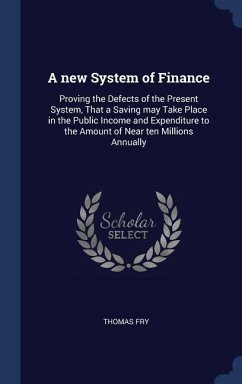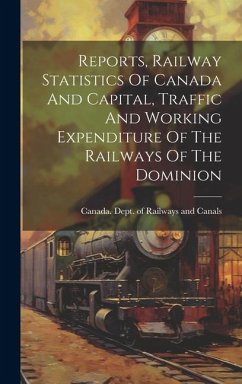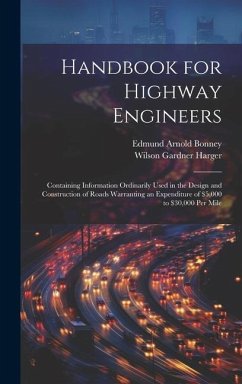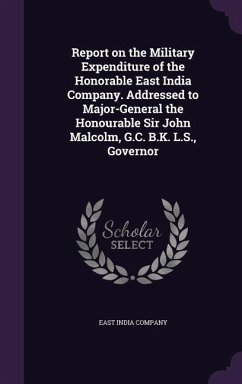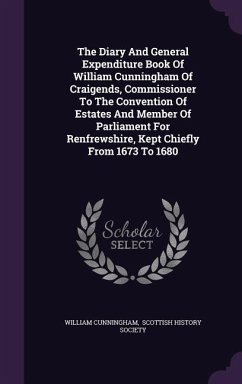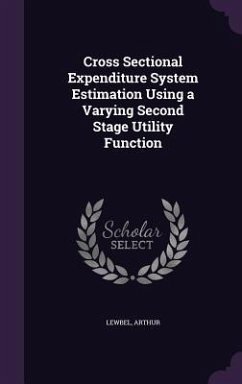
Public Expenditure in Practice
Versandkostenfrei!
Erscheint vorauss. 30. Januar 2026
96,99 €
inkl. MwSt.

PAYBACK Punkte
48 °P sammeln!
Education, Health, Social Security, Transport, Defence, Law and Order-these essential services are provided for the community by the community. But how are decisions about such expenditure made? Where does the funding come from? Why isn't there more money available? Who ultimately benefits? First published in 1975, Public Expenditure in Practice investigates and answers these critical questions from the decision centre of the world's most advanced system of public expenditure control at the time. The book begins with an exploration of the nature and scope of public expenditure, followed by an ...
Education, Health, Social Security, Transport, Defence, Law and Order-these essential services are provided for the community by the community. But how are decisions about such expenditure made? Where does the funding come from? Why isn't there more money available? Who ultimately benefits? First published in 1975, Public Expenditure in Practice investigates and answers these critical questions from the decision centre of the world's most advanced system of public expenditure control at the time. The book begins with an exploration of the nature and scope of public expenditure, followed by an examination of the political debates surrounding its expansion or limitation. It outlines the roles of central and local government, as well as public corporations, and explains how taxation and charges are used to finance these services, how the tax burden is distributed, and how this compares to the benefits received. The core of the book focuses on decision-making within government, particularly the Cabinet, and the dynamics of governance through "creative tensions." It provides a detailed account of financial and efficiency controls, emphasising the need for modern cost-benefit systems alongside traditional Parliamentary scrutiny. The responsibilities of the Treasury and the Minister are thoroughly analysed, culminating in a discussion on broadening the democratic foundation of decision-making processes. This book remains a valuable resource for students and researchers of economic history, public administration, and political science, providing a deeper understanding of the evolution of public expenditure control and governance.



